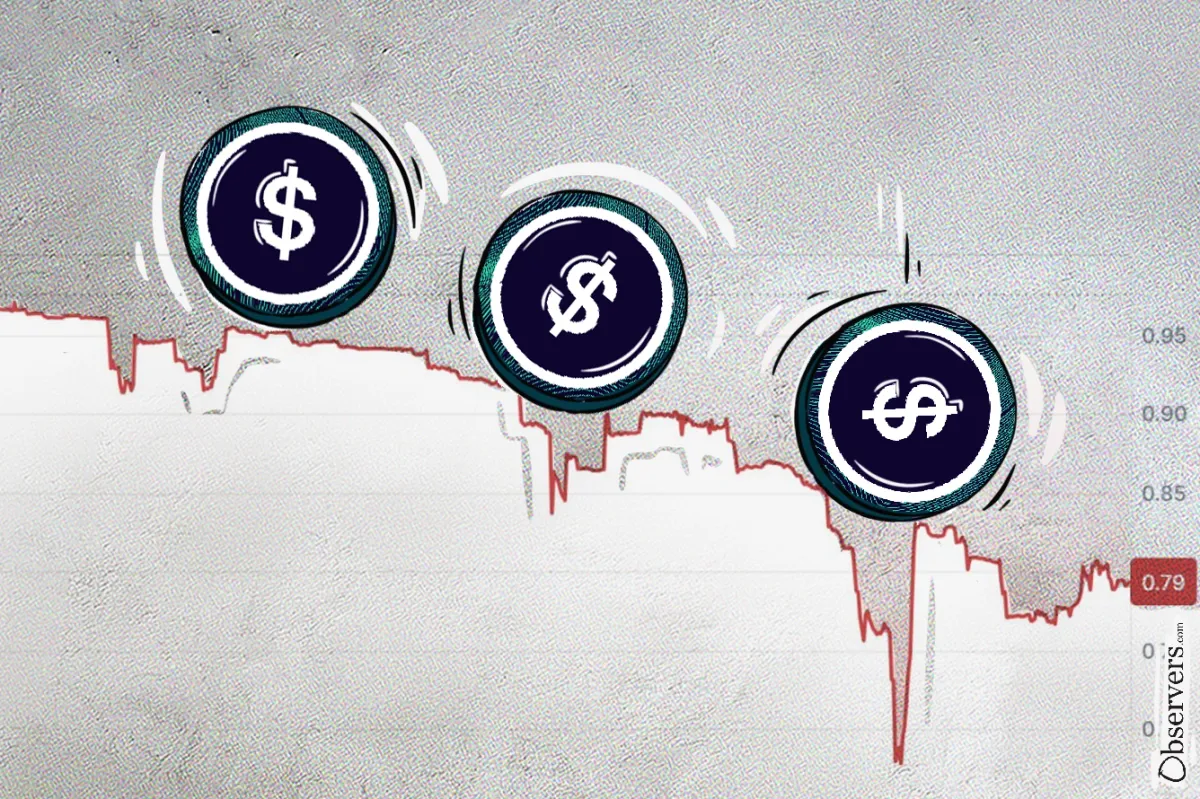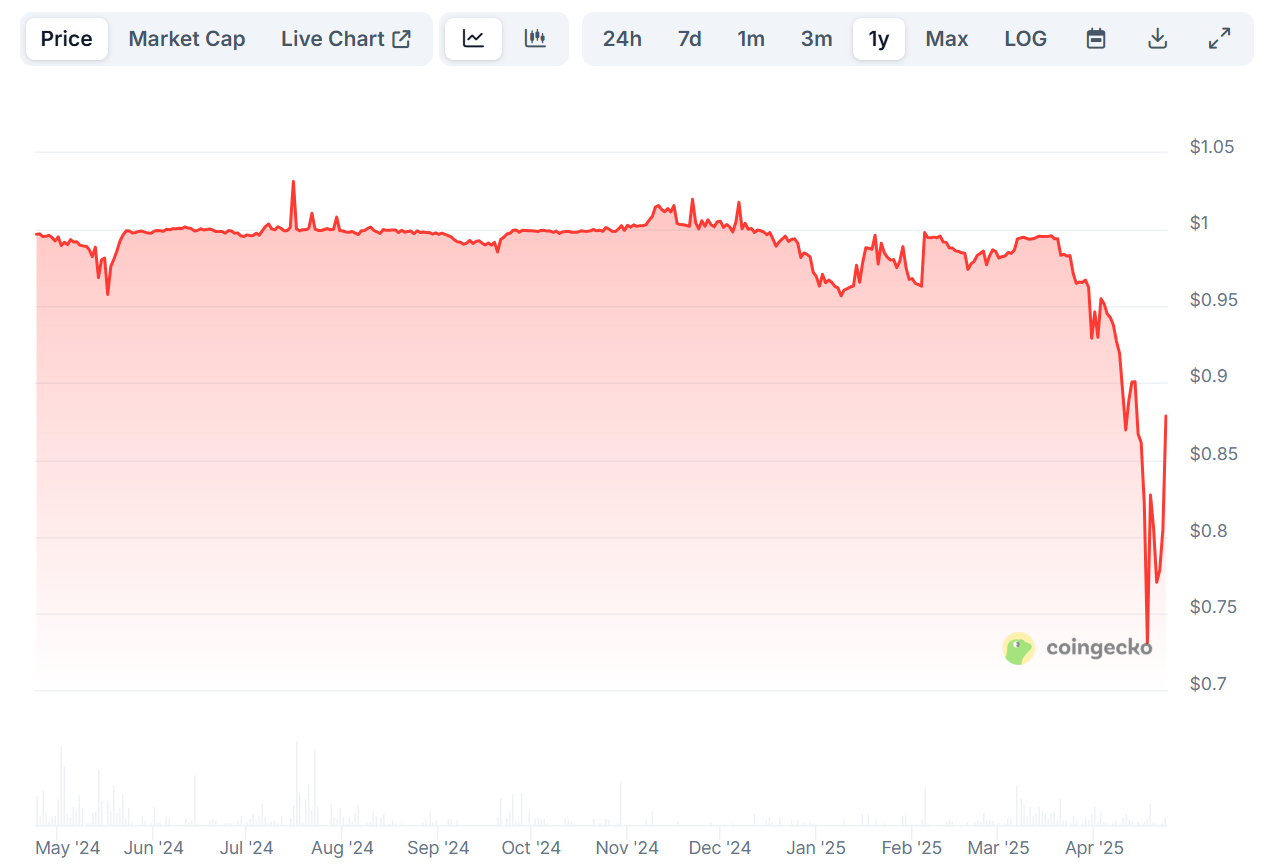Pulling Up sUSD: Synthetix’s Peg Crisis
Synthetix's main stablecoin, sUSD, has been trading significantly below its $1 peg for over a month after the implementation of the SIP-420 protocol upgrade. In an act of manual intervention within a decentralized system, the project’s founder has urged users to take action and help restore the peg



